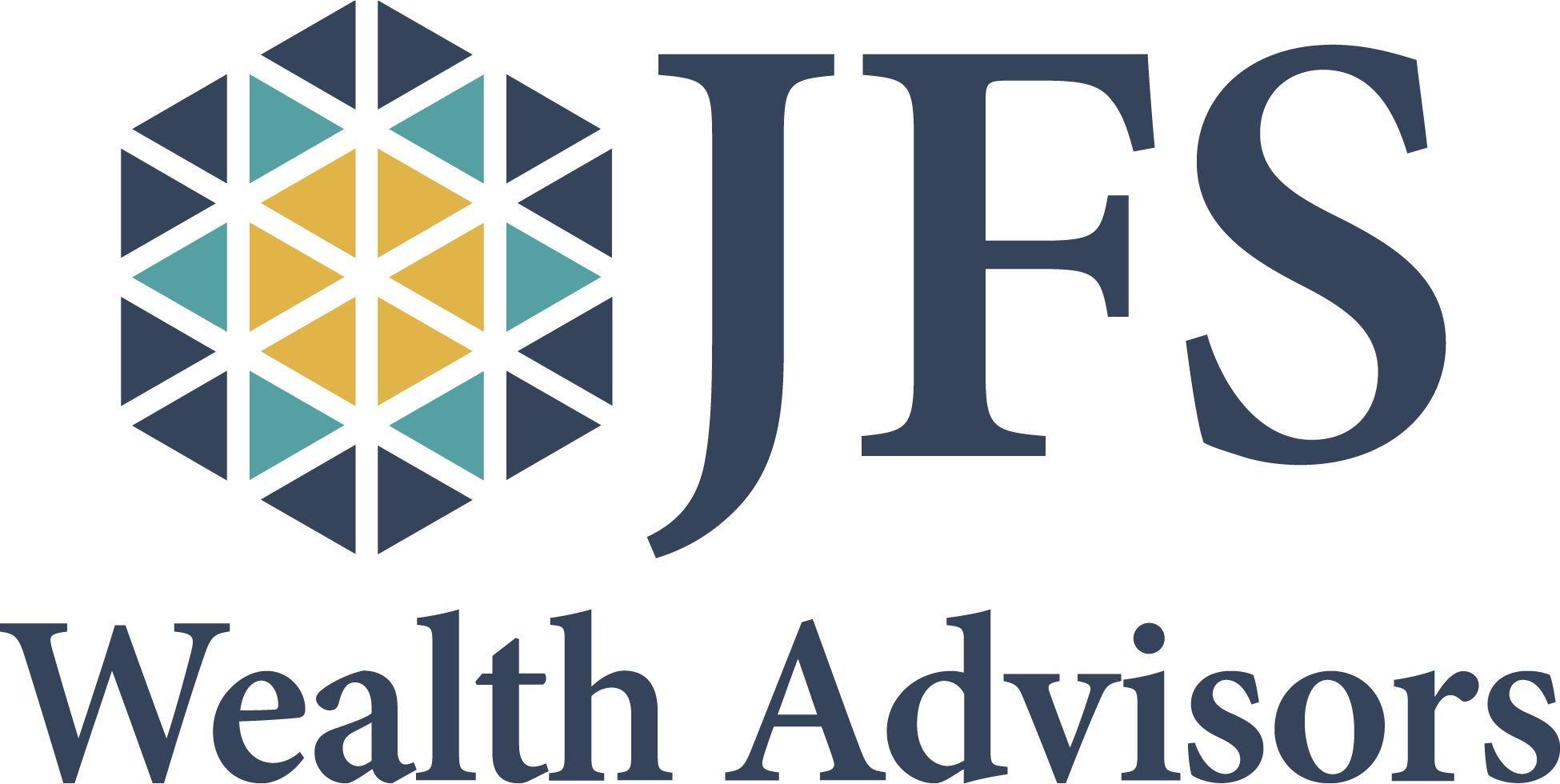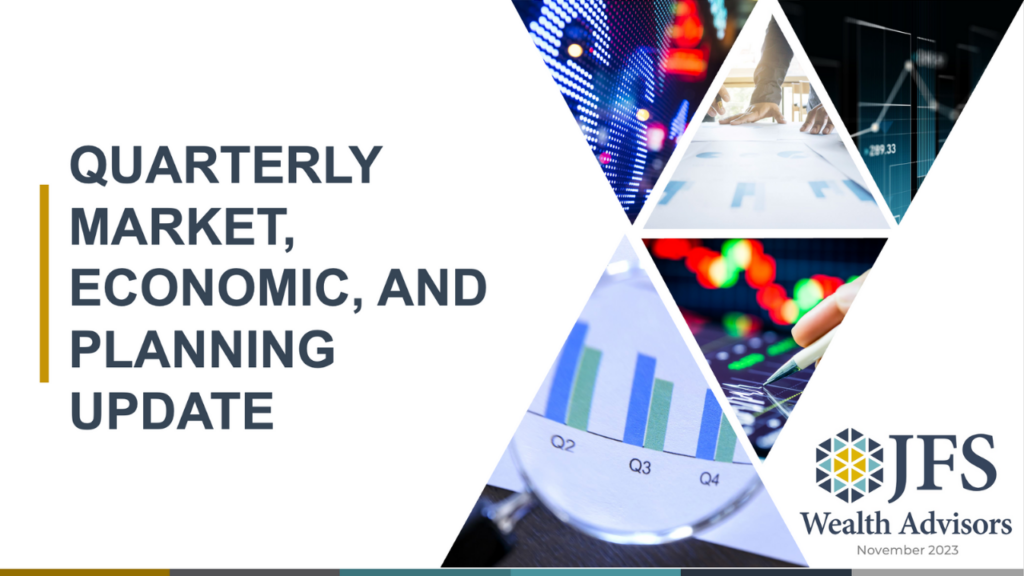The long-awaited March Federal Open Market Committee (FOMC) meeting occurred Wednesday 3/16, and Jerome Powell, Chair, held a lively press conference following discussing their decision to raise the fed Funds rates by 25 basis points – one-quarter-of-one percent. This is the first hike since December of 2018 and moves their target rate level above zero to 0.25% – 0.50%.
On the face of things, 0.25% may not seem much to note, and indeed in absolute terms it is not. However, it represents a sea change for rate policy, and with the forecast from the FOMC of up to six more hikes in 2022 with potentially another three to follow in 2023, as well as Fed balance sheet reduction in the near future, the message is clear. A significant pivot has occurred, and the Fed is now focused on inflation containment and management rather than economic stimulus. Many will argue the move is overdue with inflation now at risk of becoming entrenched, and that may well be correct, but never underestimate the psychological and market-moving power the Fed wields with its actions. Stocks rose and the yield curve “flattened” following the announcement, as markets reacted positively to a “not-too-hot, not-too-cold” action.
Cross currents are particularly fierce today, making crystal ball gazing acutely difficult. But sticking to facts, we know the US economy remains healthy. Unemployment is at 3.8%, down dramatically from the pandemic high of 14.8%. And opportunity remains high – there are some 1.7 available jobs for every person unemployed. Wages have risen, with the largest percentage gains in the lower wage tiers, and consumer spending has increased nearly 18% on a year-over-year basis. The US is – economically speaking – robust. Yet there are storm clouds – a horrific military action with Russia invading Ukraine injecting uncertainty and long-forgotten Cold War fears and a massive change in European stability, recently declining consumer sentiment, a correction in technology stock prices, rising Covid cases in Asia and Europe, and perhaps the biggest fly of all – inflation both higher and more persistent than anticipated. In the face of this, markets are looking ahead to a slowdown in the future, and indeed are now forecasting rate cuts by 2024, as worries over a slowing economy hampered by rate hikes could lead to a recession and a Fed forced back to stimulus mode.
But that seems a long way away at the moment as gasoline and food prices jump, the long-forgotten phrase “stagflation” is resurrected, and both stocks and bonds exhibit choppy performance. History tells us that well-diversified portfolios can successfully navigate this environment, as value and international equities bring benefits both from a valuation and an inflation hedge perspective, and fixed income that spans the spectrum of government, corporate and agency brings ballast and safety.
In a time of rising rates, many are quick to dismiss owning bonds. Certainly, bond prices are challenged when rates rise, as we have all seen. Yet overlooking this important portfolio component can bring undesirable and unnecessary volatility to portfolios, as high-quality bonds consistently bring income and safety to the table, particularly as a “flight to quality” holding when there are geopolitical or economic scares. As my colleague Sam Paglioni notes below, rising rates can actually bring benefits to bond portfolios. Read on for why an alert and active Fed is a good thing.
Bonds have been beaten up recently since, as anyone that owns them can tell you, they have seen declining prices in the face of potentially rising interest rates. Despite the anticipation of seven rate hikes this year, and more in 2023 that could push the Fed Funds rate to 2.8%, bonds will be able to hold their own in a rising interest rate environment. The reason is that interest rate hikes do not kill a bond market. Rather, inflation is the kryptonite of bonds and why many bond funds have recently declined in value. Inflation had been moving steadily higher with no action by the Federal Reserve. The inaction fueled fears by investors that hyper-inflation could be upon us. A very reasonable notion and reaction!
If inflation is kryptonite to bonds, then interest rate hikes are the antidote. With their action on Wednesday, the Fed has signaled that it is not (in their opinion) behind the inflation curve and has multiple tools at their disposal to manage bringing it under control. Therefore, on one side you have the Fed with interest rate hikes and a roll-down of their balance sheet at their disposal to vacuum up the wads of cash they previously unleashed during the pandemic. On the other side you have yield-hungry, risk-averse investors willing to invest in bonds and get the diversification they have had to forgo when bond rates were in the cellar. Insurance companies, endowments and foreign investors are especially primed to buy higher yielding bonds to provide much needed diversification. It is, counterintuitively, a positive scenario.
The next six FOMC meetings are each expected to have a quarter-point rate hike, pushing the anticipated Fed Funds rate to 2.8%. Wizened investors know this rate level is still historically low and unlikely to kill off the demand for housing, goods, and automobiles. Slow it? Yes, but outright killing it off is does not seem in the cards. As far back as 1994, when the Fed raised rates six times (two of them in between meetings), US GDP was a healthy 4%, and the stock market was flat for the year. When the hikes were over, both the stock and bond market had stellar years in 1995.
Finally, as we move through this period of adjustment to a new rate regime, there will be fits-and-starts to the bond market, since it must also navigate the current geopolitical events of the day. And that is something that we should not forget. When the world is on the brink of a humanitarian disaster such as the war against the Ukrainian people, investors flock to the safety of the United States bond market. Sometimes it is not just rates of return in the market that matter, but the return of principal of an investment, and ultimately, sanity to the world markets.
Financial planning is particularly important in times of turmoil. Knowing that the long-term is anchored with a realistic and stress-tested plan can provide the confidence to stay the course with investments – in spite of natural worries and doubts. Please reach out to your advisory teams for updates and reviews of your plans – you will find that as confounding as the short-term may be, a well-designed roadmap will keep you on track.
On behalf of Sam and all my colleagues at JFS, please know that we take our stewardship of your assets and plans seriously, and we strive every day to help you enjoy the positive outcomes that financial markets bring over time. Thank you for the privilege of working with you.



















